Now more than ever, companies are being asked to “do more with less.” Less people. Less budget. The phrase has become so overused these days that some workers bristle any time they hear it; others tune it out altogether. So, it is no surprise that the need for ITOps, DevOps, CloudOps, FinOps, and SecOps to properly leverage automation for cloud-related operations and processes has become more than just lip service. But are companies operating in vastly inefficient ways because they lack a “home for automations” – a central repository for best “automations” and elements that can be shared and re-used system-wide across team and regions?
This CII (CloudBolt Industry Insights) report was designed to gauge the reality of silos of automation across enterprises. Do they leave disparate groups re-inventing the same solutions to common problems? Are these groups completely unaware that someone else may have previously developed a best practice/approved approach to a given automation challenge? And how prevalent is the problem and the related issues?
Using Gartner’s Pulse Survey Platform in late 2022, we received responses from 350 senior IT and DevOps leaders at companies with more than 5,000 employees globally (download the full PDF for a more detailed audience break-down and complete survey data). Respondents’ answers make one thing very clear: the home for automations remains a siloed mess.
The Salient Six: 6 Things You Need to Know
1. Tool Overload
Respondents across the representative sample confirm that to varying degrees they are using one or more of TWENTY-SEVEN DIFFERENT AUTOMATION TOOLS – with none of them being mentioned for more than 31% of the sample! And that doesn’t even include custom code or “other.” (Interestingly, with all the buzz about automation-related tools like Ansible Tower and Terraform Enterprise, the numbers bear out that Puppet and Chef are still more popular. And the single most often cited was RedHat Kickstart at 31%.)
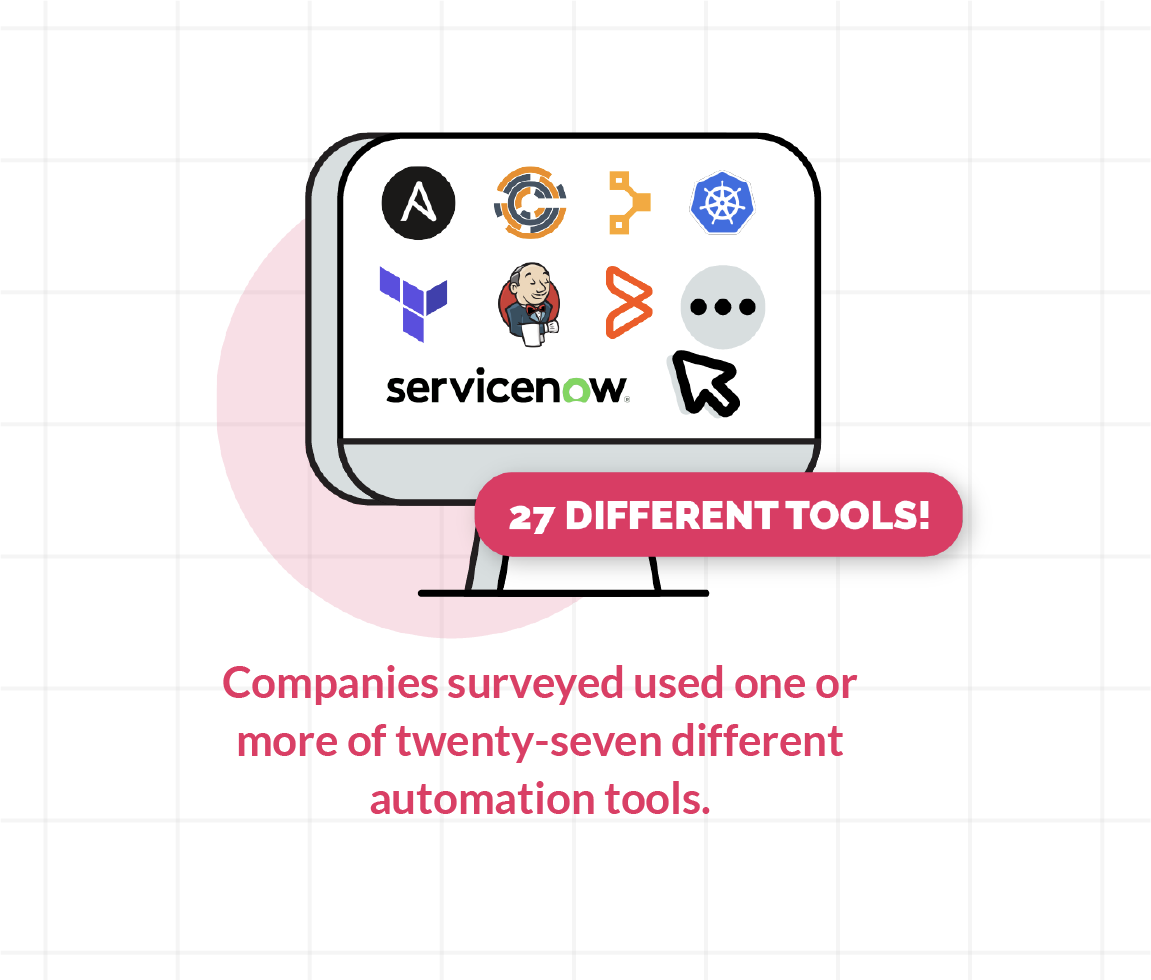
2. My Team Isn’t Siloed
57% of companies keep automations organized within individual silos. So it’s not surprising that 60% of respondents think their current siloed approach makes it easy for them to find and use/re-use what they need, when they need it. Furthermore, given the individual silos, 73% said their current approach ensured they are accessing only the latest, approved versions of automation assets they need. But this points to a prevailing myopic view of “I know what I have and I have a pretty good idea where to get it because it lives in my silo.” In the context of other answers and findings in the survey, it is safe to conclude that many may have never contemplated being able to explore a system-wide/enterprise-wide repository of automations people in other groups/departments/locations have developed that could save everyone from wasting time reinventing something that has already been solved. That’s because…
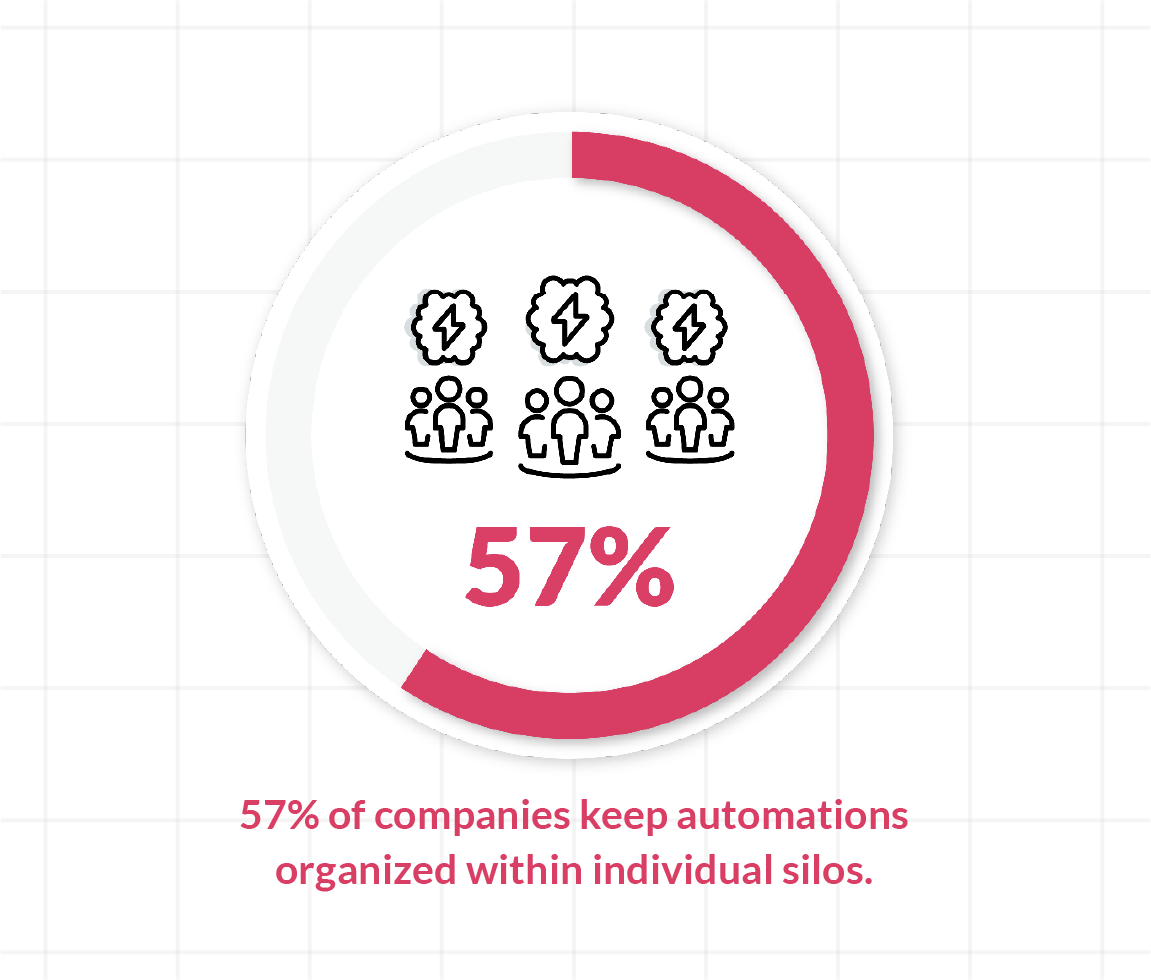
3. Silos of Automation Are the Problem
55% of respondents say they have FOUR OR MORE automations teams across their companies. Only 5% of all companies say these teams are not siloed. And 75% of respondents assert that silos of automation are hampering their ability to unify cloud operations across functions.
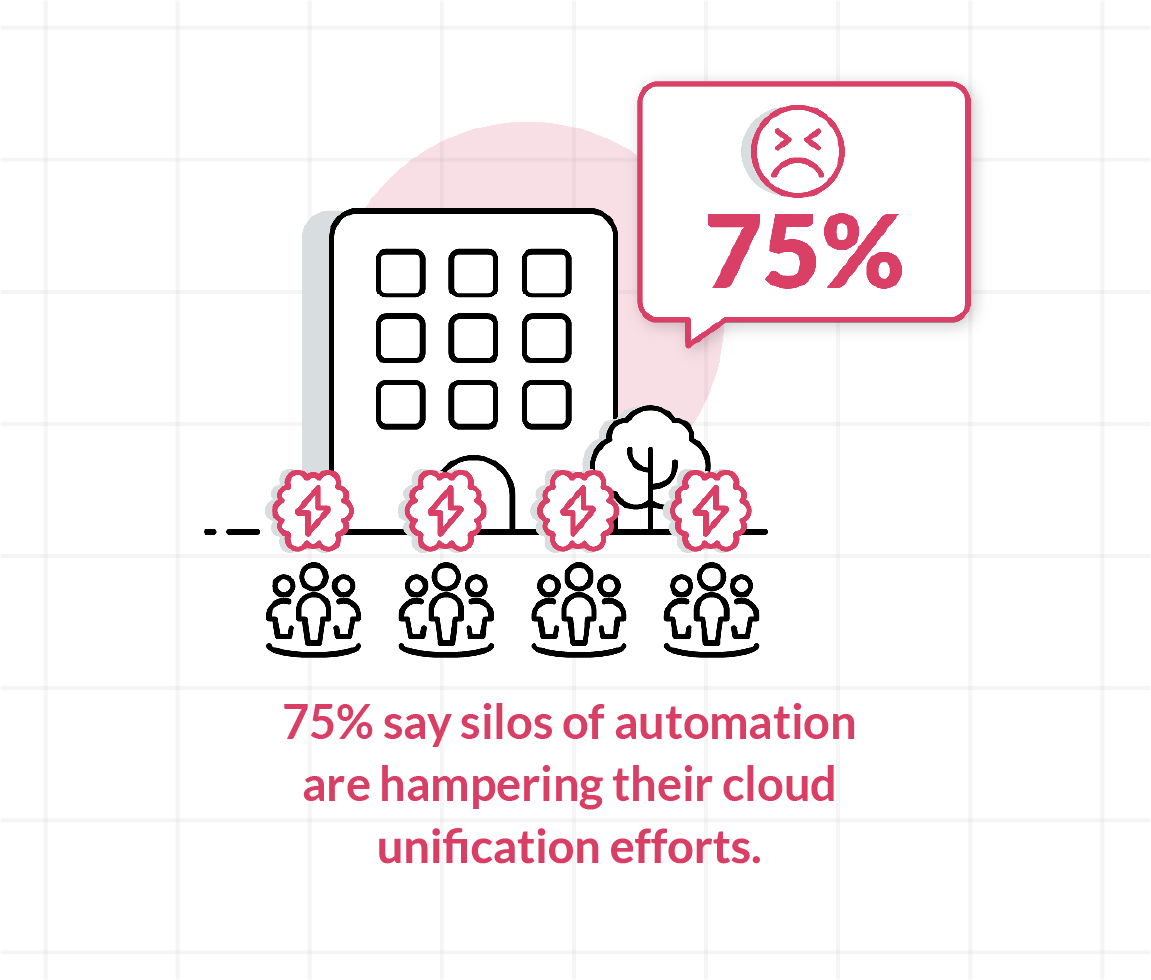
4. Thinking Outside the Silos
When presented with a more holistic option, a near-unanimous 88% of respondents agreed that “it would be valuable to have all legacy and future automations centralized in one place for the entire organization in a way that ensures compliance, increases security, enables business continuity, encourages reuse, and reduces risk.”
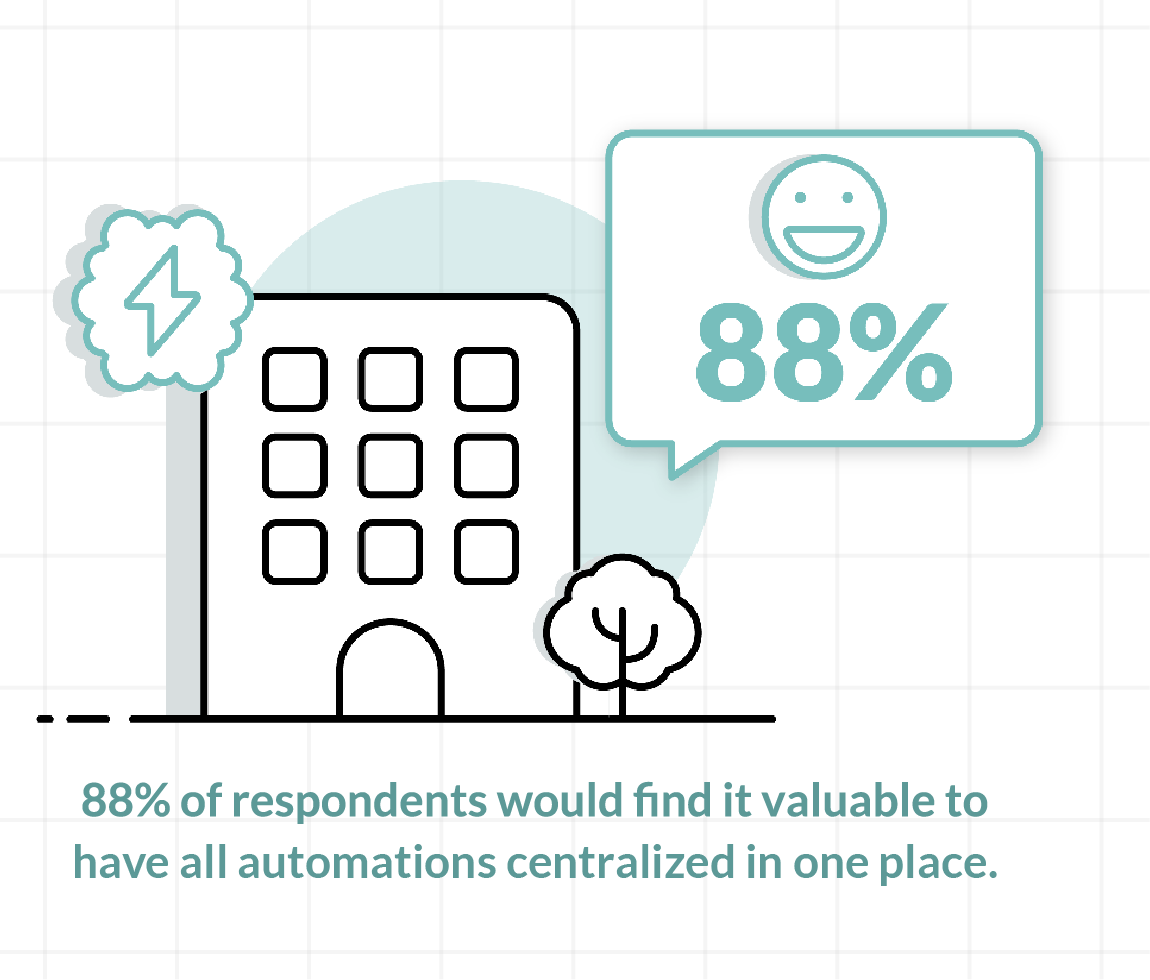
5. Up-and-coming and on the Radar
Since almost 9 of 10 respondents agreed that a centralized home for automations is valuable, it was positive to see that 57% say their companies are trying to do something about it by making it a key initiative or moving in that direction.
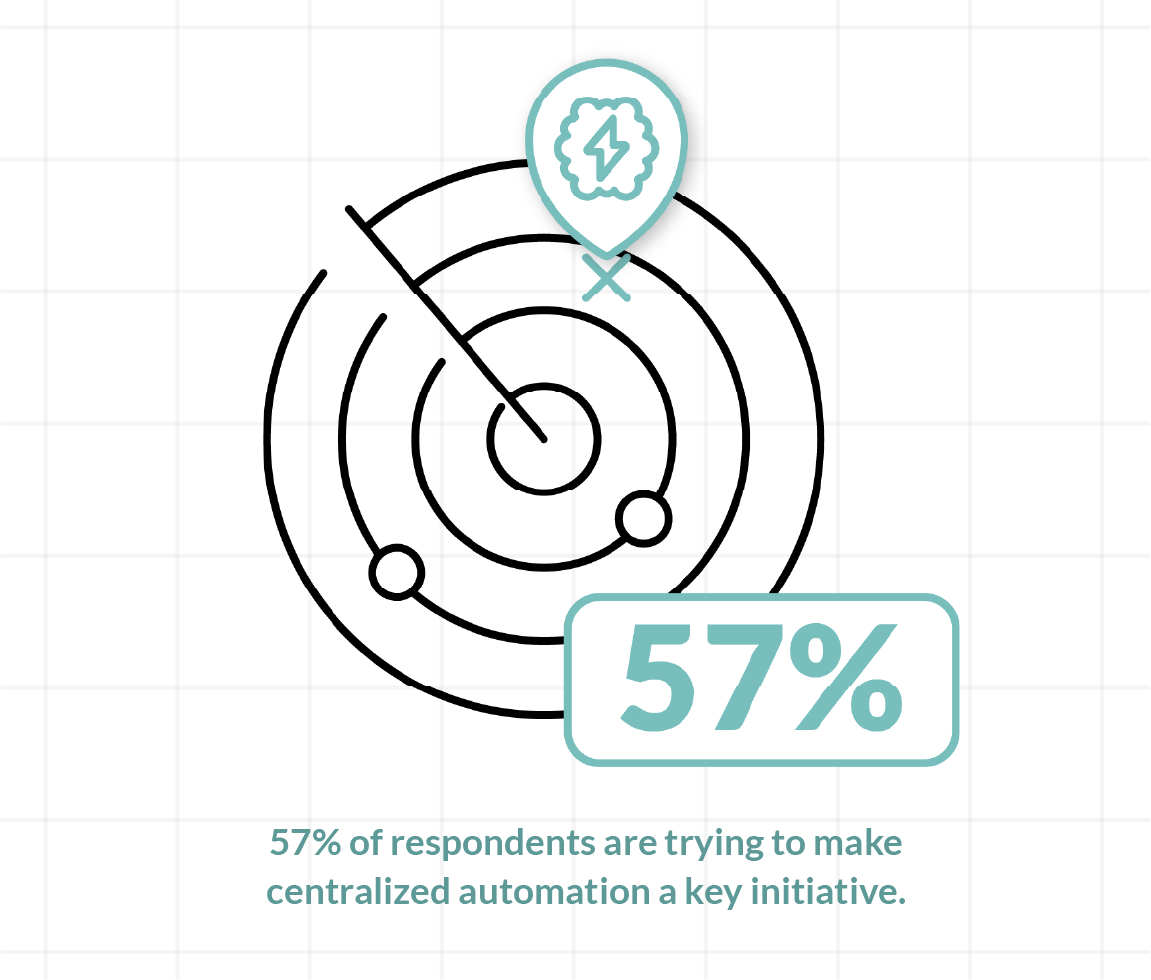
6. A Threat to Business Continuity
Due to a lack of effective automation centralization, among other factors, 77% of respondents agree that business continuity becomes a very real issue any time a key member of the team leaves.
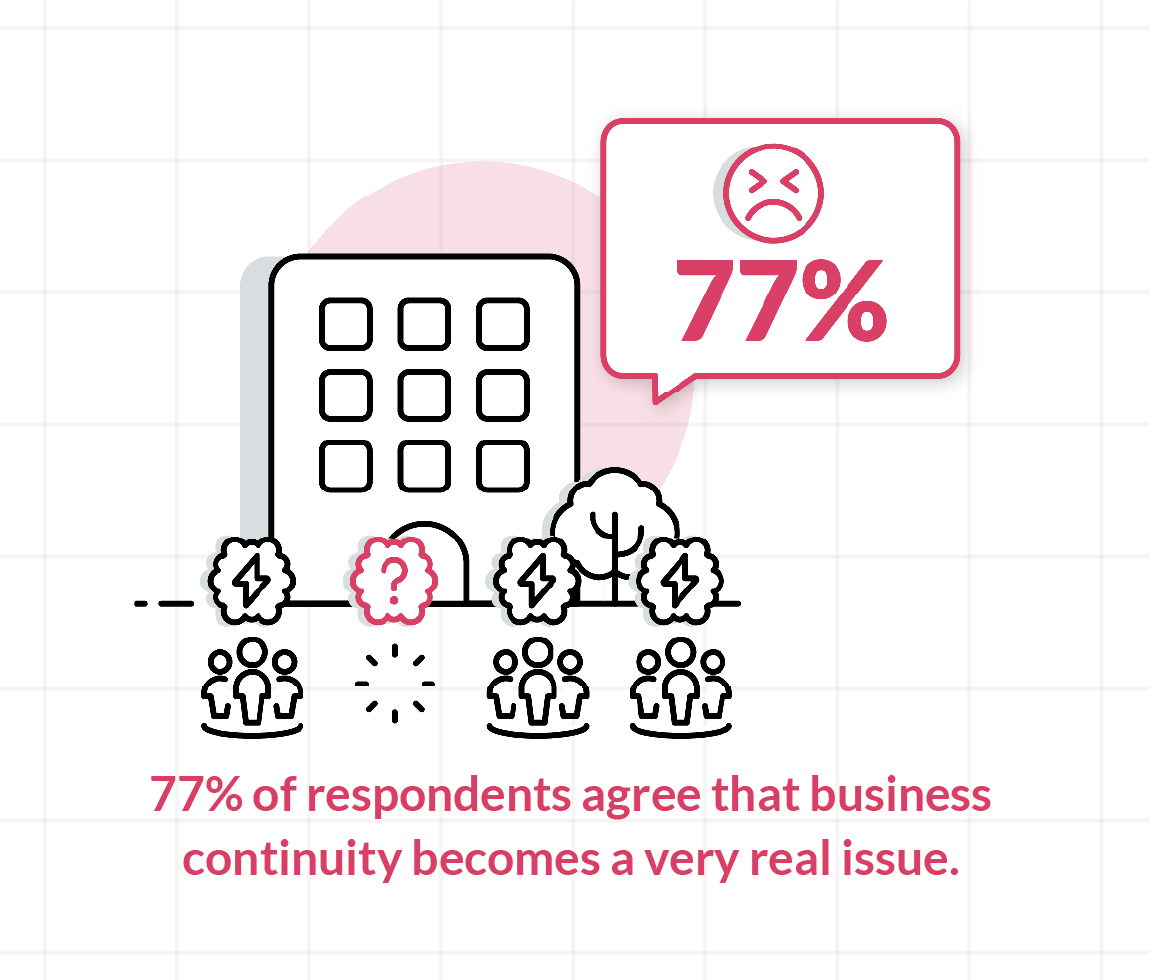
Recommendations
Cloud budgets are being scrutinized. IT and Devs are being asked to do more with less. Companies are now in a world where there is a skills shortage and constraints are preventing companies from hiring additional resources to keep up. It’s a new chapter for Cloud and automation is the answer. However, the only way automation becomes truly scalable and efficient is if there is a “home” where automations can be aggregated and curated enterprise-wide. While that may seem like a daunting task, the good news is that there are clear steps to make progress against this objective:
1. Acknowledge the Automation Silos Are Real – While most groups feel comfortable that they can access and share automations across their siloed teams, the larger promise of enterprise-wide automation efficiencies and reuse will never be realized until companies are willing to admit there is a major gap in the overall connective tissue. The first step in correcting a problem is admitting there is one. As an example, most silos have the same 3-5 manual processes that need to be automated.
2. Establish an Automation Center of Excellence – An automation center of excellence (CoE) includes the people, processes, and technology necessary to maximize the benefits of automation. Additionally, it accelerates collaboration and sharing. The CoE is crucial to finding immediate and longer-term automation opportunities, advising other teams, scaling automation within the organization, and carrying out a long-term vision.
3. Prove Value by Starting with Low-Hanging Fruit – Automation CoEs fail when organizations try to do too much too quickly and solve for everything at once (e.g., boil the ocean). Start with quick wins – pick your 3-5 most common manual automations (e.g., getting access to something). Use the CoE to identify automation scripts, integrations, blueprints, and code that represent duplicate efforts across teams. Once best examples of each are designated and made available (initially via a simple centralized repository), branch out to the work in one area that should be made available to all, and so forth. Then, build processes and procedures for introducing, vetting, promoting, governing, and retiring automations on-going so that best options are always available.
Gall’s Law: Complex processes that work best evolve from simple processes – they are not designed from scratch. Don’t try to automate everything at once – start small and grow.
4. Build a Unified “Automation App Store” – Advance beyond a simple repository to an advanced management system or automation exchange that makes it easy to find, evaluate, and execute proven workflow automations and elements. When done well, this repository serves as a home for automation that reduces friction and encourages both use and contributions.
5. Future State: Leverage Artificial Intelligence – Overlay tools like OpenAI and GitHub Copilot to your automation workflows and repository to make intelligent suggestions, inform needs, spot duplicative efforts, and quickly access desired automations and applicable elements.
Conclusion
Too many tools, too many automations, too many silos, and not enough sharing across enterprises (not just sharing across individual teams) is costing organizations precious time and money through inefficiencies and redundancies. Fully leveraging and accelerating automations in any company depends on the ability to unify disparate pieces of the work into a single repository for reuse – searchable and accessible by all who need it. So far, only 5% of companies are even claiming to do this. But the good news is that a majority (57%) of forward-thinking enterprises are prioritizing making a home for automation a reality.
Optimizing and making automation available enterprise-wide is a key component of achieving maximum value from any cloud strategy. Those who do will achieve definite competitive advantage through acceleration from reuse. Those who do not will lag behind, and whether they will be able to close the gap is unclear.
Want to learn more? See how CloudBolt can help you get the most out of your cloud or talk to an expert.
Download PDF
Related Blogs

How I Rethought Cloud Budgeting—And What Finance Leaders Need to Know
If you’re a finance leader trying to bring more structure and strategy to cloud budgeting, you’re not alone. While most…

